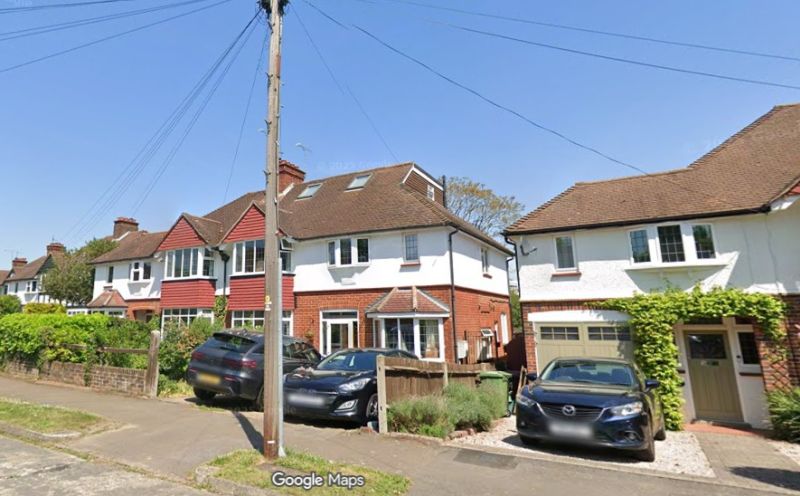Proposed Battery Energy Storage System Near Ashtead Common Faces Objections
Plans to install a Battery Energy Storage System (BESS) near Ashtead Common have sparked significant opposition from local conservation groups and residents. The proposed facility, intended to support renewable energy integration and grid stability, has raised environmental and safety concerns, particularly given its proximity to a Site of Special Scientific Interest (SSSI) and Ashtead Common National Nature Reserve.
The Proposal
Bluestone Energy Ltd has submitted plans to Mole Valley District Council for the installation of a BESS facility near Barnett Wood Lane, Ashtead. The project includes underground cabling, access roads, security fencing, and biodiversity enhancements. Proponents argue that the facility is vital for managing energy supply fluctuations, particularly with the increasing reliance on renewable energy sources.
Benefits of BESS Technology
Battery Energy Storage Systems play a crucial role in modern energy infrastructure:
- Renewable Energy Support: BESS allows for the storage of solar and wind energy for use during periods of low generation, helping to stabilise energy supply.
- Grid Stability: These systems can manage fluctuations in electricity demand, reducing the strain on power grids.
- Emergency Power: They provide backup electricity during outages, making them indispensable for critical infrastructure.
- Environmental Gains: By reducing reliance on fossil fuel-powered plants, BESS supports the UK’s transition to a low-carbon energy system.
Potential Hazards
Despite their advantages, BESS technology carries significant risks:
- Fire Hazards: Lithium-ion batteries, commonly used in these systems, are susceptible to thermal runaway, leading to fires that are difficult to extinguish and can reignite.
- Environmental Impacts: Manufacturing and disposal of batteries contribute to pollution if not carefully managed. Additionally, construction can disrupt local ecosystems.
- Noise and Light Pollution: Ongoing operations may disturb nearby wildlife and residents.
- Land Use Concerns: Large-scale facilities can lead to habitat fragmentation and loss of natural landscapes.
Objections Raised
1. Environmental Concerns
The City of London Corporation, which manages Ashtead Common, highlights the potential harm to local wildlife, including bat species protected under national and international law. Their letter of objection emphasises the detrimental impact of light, noise, and habitat fragmentation on these species. Ashtead Common is home to ancient oak pollards and biodiversity of national significance, further underscoring the ecological risks.
2. Fire Risks
Ashtead Common has a history of significant biodiversity loss due to wildfires. Objectors express concerns over the fire hazards posed by lithium-ion batteries, particularly given the facility’s location and prevailing winds. The proposed water tank is deemed insufficient to address thermal runaway events effectively.
3. Green Belt and Landscape Impact
Councillor Andy Smith notes the intrusion on Green Belt land, citing concerns about coalescence, encroachment, and loss of openness. He argues that such developments undermine the distinct landscape qualities of the countryside and suggests that the facility’s location does not align with local conservation goals.
4. Questionable Site Selection
Critics question the necessity of placing the facility adjacent to Ashtead Common when closer alternatives to the Chessington substation could reduce environmental impact and energy loss. They argue that the benefits outlined by the developer are generic to any BESS project and fail to justify the chosen location.
5. Opportunity Cost
The City of London Corporation suggests that the land, currently transitioning to a natural habitat, offers better long-term biodiversity potential if left undisturbed. They challenge the proposed biodiversity net gain enhancements, arguing that natural succession would achieve similar, if not superior, outcomes without artificial intervention.
Public Sentiment
While there is broad acknowledgment of the need for renewable energy infrastructure, local stakeholders believe this project’s costs outweigh its benefits. “We need to modernise our energy systems, but not at the expense of our precious natural habitats,” commented one resident.
Next Steps
The planning application is under review by Mole Valley District Council. Public and expert feedback will weigh heavily on the decision, particularly given the sensitive location and environmental stakes.
Balancing Progress and Preservation
The debate over the proposed BESS facility near Ashtead Common encapsulates a broader challenge: balancing the urgent need for renewable energy infrastructure with the equally critical imperative to protect natural ecosystems. As local authorities deliberate, the outcome may set a precedent for future developments in similar areas.















